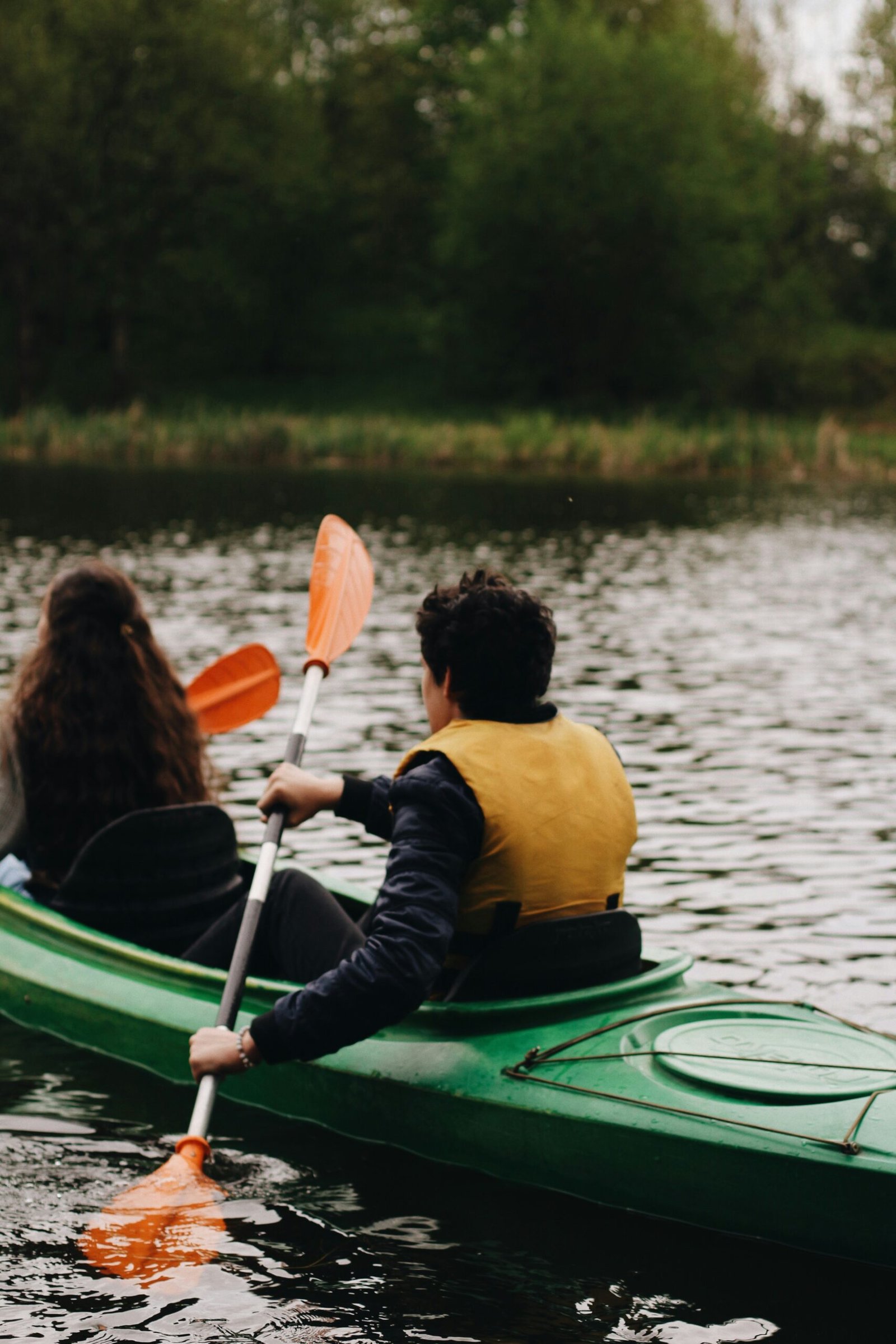
Warm-Up Routines
Before you hit the trails for hiking, biking, or any outdoor adventure, it’s crucial to start with a proper warm-up. Begin with dynamic stretches like leg swings and arm circles to get your blood flowing. Incorporate exercises such as lunges and squats to prepare your muscles for the activity ahead. A well-executed warm-up can enhance your performance and reduce the risk of injury.
Hydration Strategies
Staying hydrated is essential for any outdoor activity. Make sure to drink plenty of water before you start, and carry enough to stay hydrated throughout your adventure. For longer outings, consider bringing a hydration pack or multiple water bottles. Electrolyte drinks can also help replenish essential salts lost through sweat, especially during intense physical activities.
Essential Gear
Having the right gear can make or break your outdoor experience. For hiking, invest in a good pair of hiking boots and moisture-wicking clothing. Cyclists should wear a helmet, padded shorts, and gloves. A well-fitted backpack is essential for carrying your supplies without straining your back. Don’t forget to bring a first-aid kit, a map, and a compass or GPS device for navigation.
Safety Precautions
Safety should always be a top priority when engaging in outdoor activities. Always let someone know your plans and estimated return time. Check the weather forecast and dress accordingly. Be aware of your surroundings and watch for potential hazards like loose rocks or slippery trails. Carry a whistle or a personal locator beacon in case of emergencies.
Preventing Common Injuries
To prevent common injuries such as sprains, strains, and blisters, ensure your gear fits well and is broken in before your trip. Pay attention to your body’s signals and take breaks when needed. Stretching before and after your activity can help keep your muscles flexible and reduce the risk of injury. Listen to your body and don’t push beyond your limits.

